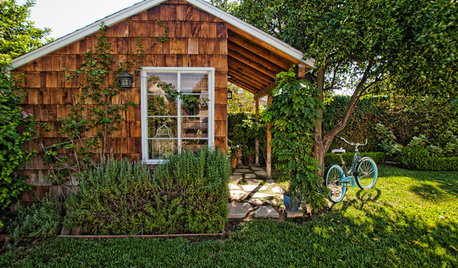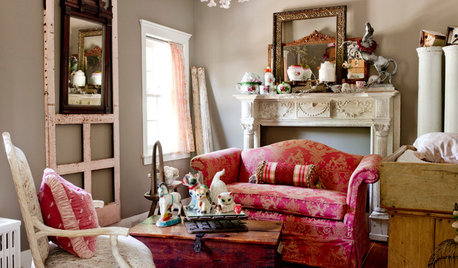Chick Critique
juliette_2009
14 years ago
Related Stories

BACKYARD IDEAS7 Backyard Sheds Built With Love
The Hardworking Home: Says one homeowner and shed builder, ‘I am amazed at the peace and joy I feel when working in my garden shed’
Full Story
MAN SPACESWhy Men Really Do Need a Cave
Don't dismiss cars, bars and the kegerator — a man space of some kind is important for emotional well-being at home
Full Story
MY HOUZZMy Houzz: Color and Comfort in Upstate New York
Flea market finds mix with reimagined pieces in pastel hues in this beautiful traditional home
Full StorySponsored
Most Skilled Home Improvement Specialists in Franklin County






seramas
velvet_sparrow
Related Professionals
Hartford Landscape Contractors · Brownsville Landscape Contractors · Seminole Landscape Contractors · Severna Park Landscape Contractors · South Lyon Landscape Contractors · St. Louis Landscape Contractors · Westford Landscape Contractors · Chicago Ridge Landscape Contractors · Bartlesville Fence Contractors · Branford Fence Contractors · Burbank Fence Contractors · Gilbert Fence Contractors · Pekin Fence Contractors · Wauconda Fence Contractors · New Albany Decks, Patios & Outdoor Enclosuresseramas
juliette_2009Original Author
seramas